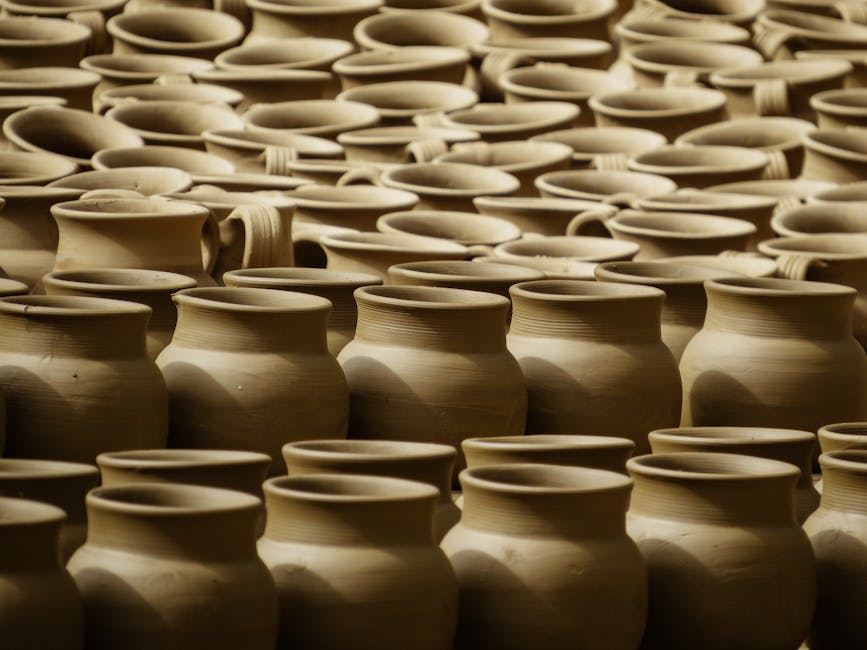How Nature Shapes Timor’s Cultural Practices
Did you know that the lush landscapes of Timor-Leste are not just beautiful but also play a vital role in shaping it’s culture? The unique environment influences everything from food to festivals. Lets explore how nature molds the rich tapestry of Timorese cultural practices.
What Makes Timor’s Nature So Unique?

Timor-Leste is a small island nation nestled between the Indian Ocean and the Timor Sea. it’s diverse geography includes mountains, beaches, and forests. This variety creates different ecosystems that are home to unique plants and animals. Each area has its own characteristics, shaping how the people live and thrive.
For example, in the highlands, cooler temperatures allow for different crops than in the warmer coastal regions. This difference has a direct impact on the local diet and agricultural practices.
How Does Nature Influence Food in Timor?

Food in Timor is a direct reflection of it’s natural resources. The island’s fertile soil supports diverse crops, including rice, corn, and a variety of fruits and vegetables. Traditional dishes often use these local ingredients.
- Rice: This staple food is central to Timorese meals. It grows well in the wet, tropical climate.
- Corn: Common in the highlands, it’s often used in traditional dishes like corn porridge.
- Fish: The coastal areas provide a bounty of seafood, integral to many diets.
- Fruits: Mangos, bananas, and papayas thrive in Timor’s climate, adding sweetness to meals.
Food isn’t just about sustenance; it’s also about community. Families gather to share meals, strengthening bonds and passing down traditions.
What Role Does Nature Play in Timorese Festivals?

Nature also inspires Timor’s vibrant festivals. Many celebrations revolve around agricultural cycles. For instance, the harvest festival is a time of gratitude for good crops.
During these festivals, locals perform traditional dances and music, often inspired by the sounds of nature. The rhythm of the drums mimics the heartbeat of the earth, while the colorful costumes reflect the natural beauty around them.
How Do Natural Resources Shape Crafts and Art?

Timor’s natural wealth extends to it’s arts and crafts. Locals use materials like wood, cotton, and bamboo to create beautiful works. These crafts are often inspired by the surrounding nature.
- Weaving: Timorese textiles, known as tais, feature designs that reflect nature. Patterns may symbolize mountains, rivers, or animals.
- Wood Carving: Artists carve intricate designs from local woods, often depicting local wildlife.
- Pottery: Clay from the earth is molded into pots and dishes, used for everyday cooking.
These crafts aren’t just decorative. They often carry meanings and stories, connecting people to their surroundings.
How Does Nature Influence Spiritual Beliefs?
In Timor, nature is deeply intertwined with spirituality. Many locals believe that certain natural elements hold spiritual significance. Mountains, rivers, and even trees are often seen as sacred.
This belief shapes rituals and ceremonies. For example, some ceremonies involve offerings to the spirits of the land, seeking blessings for crops or health.
What Are the Environmental Challenges Timor Faces?
Despite it’s beauty, Timor faces environmental challenges. Deforestation, climate change, and soil erosion threaten it’s rich biodiversity and, consequently, it’s cultural practices.
Many locals are now aware of these issues. They are working hard to protect their environment. Community initiatives focus on sustainable practices, such as:
- Reforestation efforts to restore natural habitats.
- Education on sustainable farming techniques.
- Promoting eco-tourism to raise awareness and funds for conservation.
By protecting their environment, Timorese people are also safeguarding their cultural heritage. A healthy environment means a thriving culture.
What Can We Learn from Timor’s Connection with Nature?
Timor-Leste teaches us valuable lessons about living in harmony with nature. The strong bond between the land and it’s people shows us that culture cannot thrive without a healthy environment.
We can take inspiration from their practices. Here are some actionable takeaways:
- Support local farmers and artisans in your community.
- Participate in or support environmental conservation efforts.
- Learn about and respect the cultural practices influenced by nature in your area.
By recognizing the importance of our environment, we can ensure that cultures around the world continue to flourish.
Conclusion
Nature plays a vital role in shaping the cultural practices of Timor-Leste. From food and festivals to crafts and spirituality, the environment weaves through every aspect of life. As we explore more about this beautiful island, lets remember the lessons it offers about sustainability and respect for nature.
For more insights into the unique cultures around the world, check out this resource on Timor-Leste’s people and culture.
Let’s carry forward these learnings and appreciate the deep connections cultures have with the natural world.



